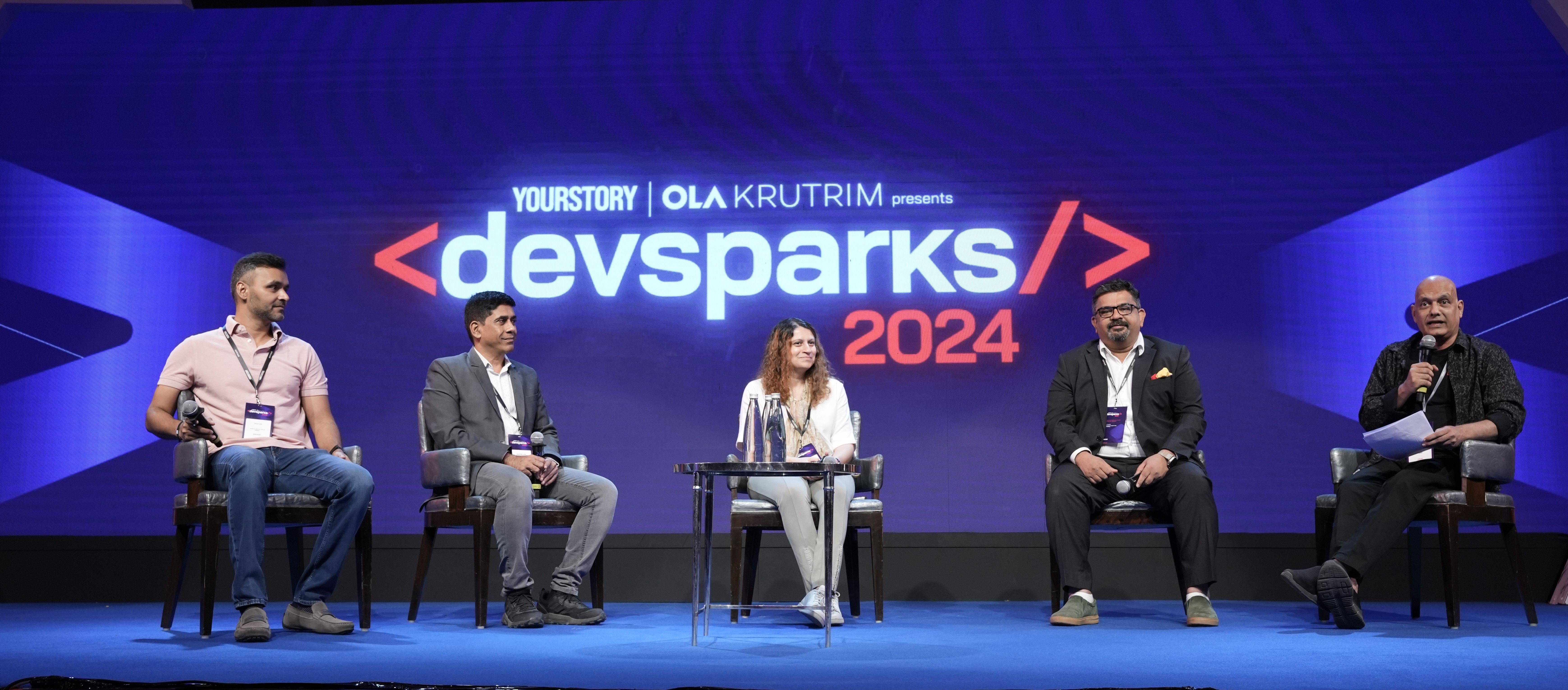How Asian startups can accelerate AI-led healthcare
Globally, investments in healthcare AI have gone up from $1.6 billion in 2017 to $3 billion in 2018. How can startups leverage this market and help define the role of technologies in this sector?
Mumbai-based Qure.AI was able to train its artificial intelligence (AI) algorithm to analyse X-rays and head CT scans, develop two market-ready products, and obtain CE certification in three years, thanks to the India advantage.
AI healthcare companies need access to millions of patient records in order to develop an algorithm that knows what healthy looks like and can detect when something’s wrong. Qure.AI’s ability to collect six million images with patient consent in India in short order, played a key role in getting from concept to market in 36 months – a feat that would be hard for a startup to pull off in the US.
The advent of AI opens up many new possibilities in how the medical field thinks about patient care. In large and emerging markets like India, where doctors are in severely short supply, AI will help enhance the quality of patient care by automating tasks like reading diagnostic images, providing real leverage to doctors, especially in smaller towns.
In developed markets like the US that are struggling to bring down the cost of healthcare, AI’s ability to prompt timely interventions will both improve outcomes and reduce overall treatment costs.

The sharp rise in investment in AI healthcare solutions illustrates the strong outlook and high level of interest in this space. Globally, investments in healthcare AI have gone up from $1.6 billion in 2017 to $3 billion in 2018, according to Tracxn.
In addition to traditional healthcare players like GE Healthcare, Philips, and Samsung, companies like Facebook and Google are investing across disease monitoring and prevention, diagnostics, robot-assisted surgery, and solutions that leverage existing healthcare EMR data to automate workflows and virtual nursing.
Over the last five years, we have started to see a number of high-quality teams out of India and Southeast Asia building cutting-edge, globally relevant solutions, primarily in diagnostics and patient monitoring, to provide remote care. Startups in this region have several competitive advantages, including a large pool of strong engineering and medical talent and access to diverse, approved patient data in large markets like India.
It’s often quicker, easier and more affordable for companies to get access to the kind of medical imaging and large data sets they need to train an AI algorithm than in markets like the US, giving Asian healthtech startups the head start they need to build great products.
Companies in the region have every opportunity to lead innovation and help define the role AI-led technologies can play in this sector.
Here are some learnings from the region’s early movers in this space:
Solve for a real pain point - but don’t compete with your customer
Clinicians, rightfully, are sceptical of new technologies until they’ve seen enough validation. People’s lives depend on it. They’re particularly sceptical of AI-led tech that claims to solve problems complex problems that doctors and scientists are still not perfectly accurate with.
In the early days of this industry’s evolution, we believe adoption will be the highest in areas where there is enough human-generated data. Consider Tricog Health, a Bangalore-based company that offers an “Insta” ECG solution to allow GPs, and not just cardiologists, to administer timely ECGs.
India has one of the highest numbers of cardiac patients in the world and an acute shortage of cardiologists. With Tricog, a GP can get a report and analysis within seconds to ensure that critical cases get to the hospital in time.
Gain access to data sources at scale
Building a good quality AI algorithm takes good quality data. Unless you have fully annotated data to train AI models on and have enough depth in the data to cover unusual edge cases, your algorithm will not get to the required level of accuracy.
This is particularly hard to do with large complex medical imaging files where the labelling has to mostly be done by highly trained doctors. It’s not just enough to start with say, one million data points.
To stay ahead, you have to build a scalable way to continuously acquire more data. This could come through access to aggregate patient data from your commercial deployments or by developing ongoing partnerships with services companies to get access to data for a fee.
Build a product, not an algorithm
There are a lot of healthtech companies globally that have built an algorithm, but few have created a product around it. For a robust product, you not only need to test the algorithm against disparate real-world data – you also need to think about how the customer will use your product, and how it will seamlessly fit into existing hospital workflows with minimal overheads.
In markets like India, it’s also important to factor in constraints due to internet bandwidth, 100 percent power availability, and simplicity of usage.
Bangalore-based Sigtuple, which builds intelligent screening solutions to aid diagnosis through AI-powered analysis of visual medical data, is a good example of a company that’s transitioned from building a strong algorithm for automating blood test report analysis to developing a market-ready, easy-to-deploy product that can be set-up in their own and partner labs and requires minimal pathologist oversight.
Get your stamp(s) of credibility
You may be a successful software company, but to gain acceptance from the medical community you will need to go through a trial by fire. Get globally respected medical institutions like the Mayo Clinic, Stanford University to validate your work, publish your research in leading journals, and get a CE and FDA approval.
These are especially important for companies out of India and Southeast Asia to get taken seriously on the global stage. Qure.AI recently became the first AI company in the radiology space that has been published in The Lancet, one of the most respected medical journals globally.
Going to market
This is healthcare AI’s biggest challenge today. One route is to proactively seek out pharmaceutical companies and diagnostics OEMs to tie up with, to leverage their network of field sales teams. This will be most successful if there’s a tangible increase in sales potential for the partner as well.
Singapore-based Biofourmis, one of the leading prescription digital therapeutics companies in the world, actively partnered with large pharma companies like Novartis from the start and is in conversations with insurance companies to build scalable ways to go to market.
We are optimistic that AI will disrupt the way healthcare is delivered in positive ways by giving doctors more tools, better information and more accurate analysis to help them deliver high quality, personalised healthcare. And healthcare startups from Asia will help lead the way.
This article has been written by Anjana Sasidharan, Principal at Sequoia Capital.
(Edited by Saheli Sen Gupta)
(Disclaimer: The views and opinions expressed in this article are those of the author and do not necessarily reflect the views of YourStory.)












![[Funding alert] Alternative credit platform BlackSoil raises Rs 32Cr via NCDs](https://images.yourstory.com/cs/2/3fb20ae02dc911e9af58c17e6cc3d915/Ankurimage-1600856808384.jpeg)
